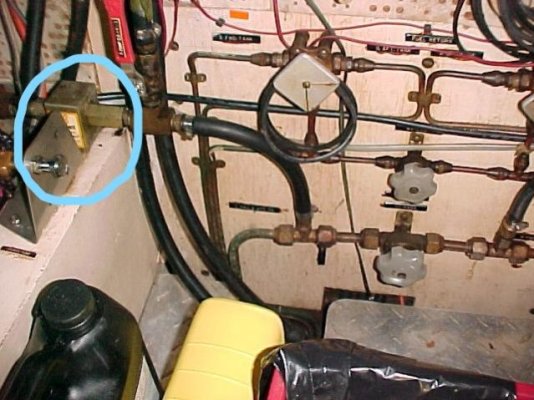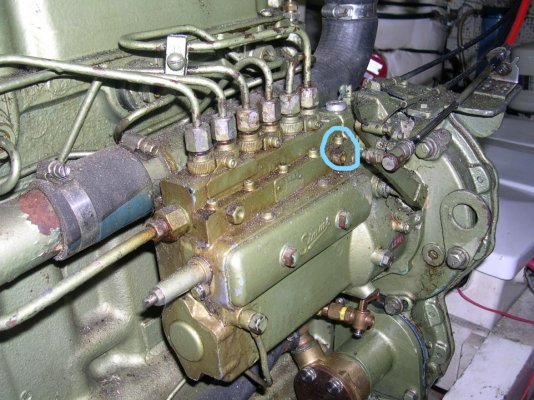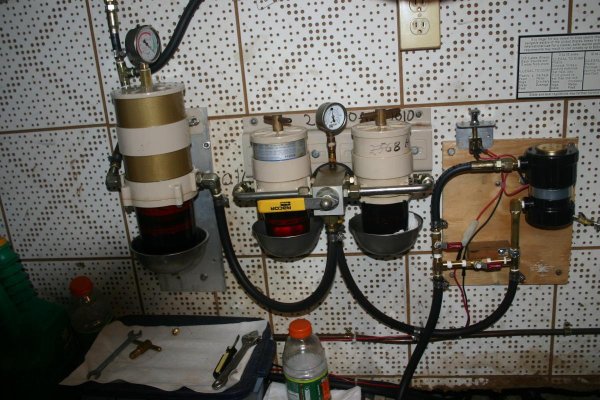Hi everyone! My name is John and I just purchased a 1982 Marine Trader 34 DC. We are super happy with the boat so far and cannot wait to absorb some of the knowledge in this community. We have owned two other boats, both I/O (one a cuddy and the other PC). I have never owned a diesel before.
So, we took the boat out this past weekend and enjoyed a wonderful cruise of about 20 NM. I did slowly increase the throttle to full and after a minute the engine died. It would fire right back up and all temp and oil pressure was fine. As long as I stayed at 1800 rpm or below it would not stall. Has anyone ever heard of this problem? What is the typical performance should I expect (max rpm, best economical cruise, etc.)? Thank you all in advance for any information!
So, we took the boat out this past weekend and enjoyed a wonderful cruise of about 20 NM. I did slowly increase the throttle to full and after a minute the engine died. It would fire right back up and all temp and oil pressure was fine. As long as I stayed at 1800 rpm or below it would not stall. Has anyone ever heard of this problem? What is the typical performance should I expect (max rpm, best economical cruise, etc.)? Thank you all in advance for any information!



